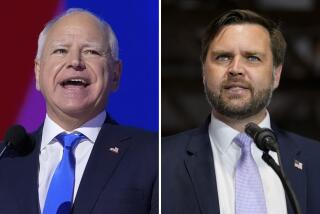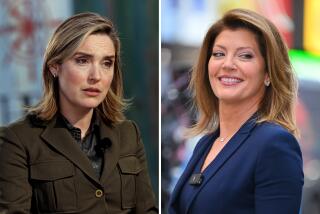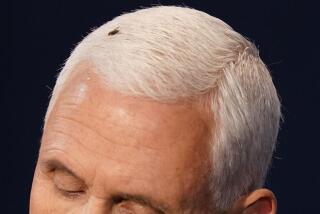Elizabeth Warren and Bernie Sanders to square off at debate, and Kamala Harris and Joe Biden get a rematch
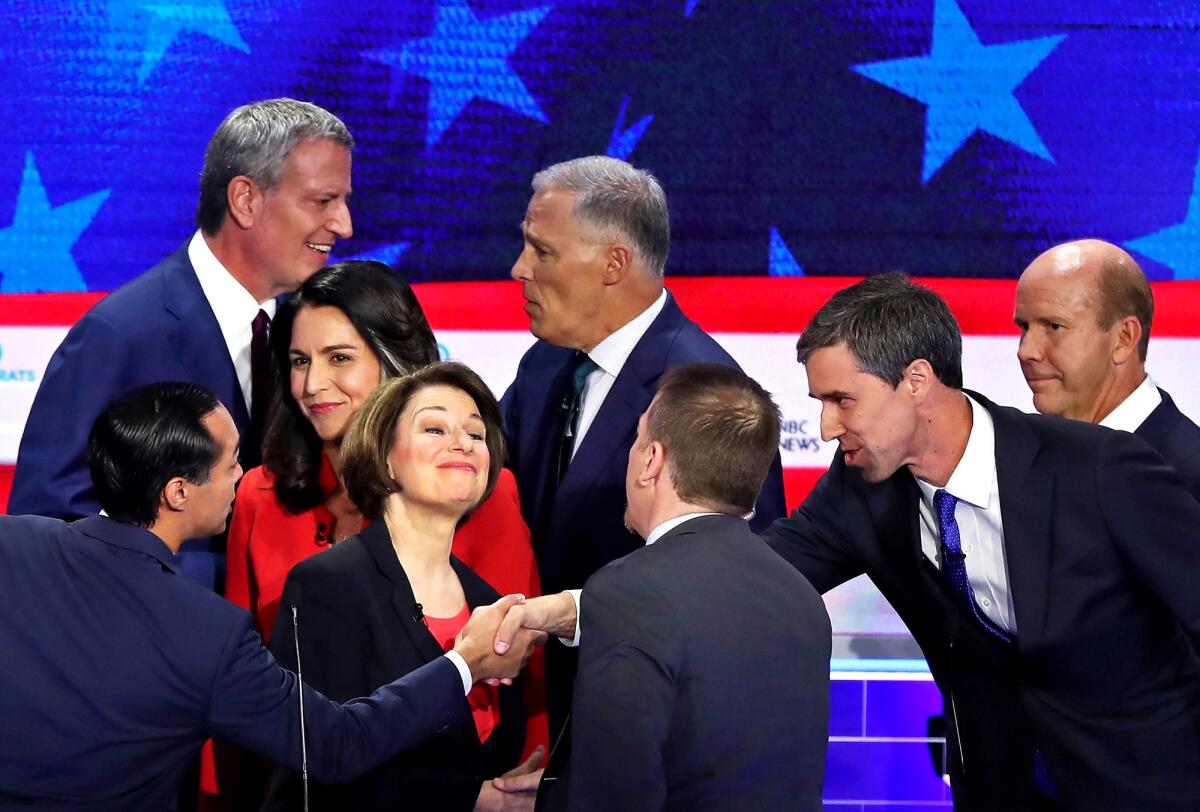
On Thursday night, on cable television, for reasons ostensibly having to do with election transparency, CNN held a live, televised drawing to determine which 20 Democratic presidential candidates will appear on which night of the debate the network is hosting July 30 and 31 in Detroit.
The real headline news is that progressive Sens. Bernie Sanders and Elizabeth Warren will headline the debate on July 30, and former Vice President Joe Biden and Sen. Kamala Harris will have a debate rematch when they appear July 31.
But on Thursday night, the star of the show was CNN itself, which took more than 40 minutes to pull 20 names out of boxes, documenting the drawing with bird’s-eye camera angles and deputizing an eight-person panel of experts to provide analysis (“There is a luck of the draw here, literally,” said analyst Gloria Berger).
The drama was heightened by suspenseful breaking-news music and host Wolf Blitzer, as well as by the multiple commercial breaks that drew out the action. At one point, anchor Ana Cabrera shuffled the candidates’ names around almost like a Las Vegas croupier and then mixed the cards again after she dropped them into a box, just to be sure.
The display amused some of the campaigns that were, for one night, temporarily relieved from their typical roles of being at the center of the drama. The last such debate lottery, hosted by NBC News, had been held off-screen. But the campaigns still sent aides to CNN’s studios to witness the live broadcast, in all its splendor.
“I’m not sure I can insult them on the record,” one campaign aide, who requested anonymity to speak frankly, texted during the drawing. “But boy is it ridiculous. Trying to suppress laughter here in CNN studios.”
To be fair to CNN, the absurdity was at least partially a product of the absurdly large size of this year’s presidential field. There are too many Democrats running to put them onstage together on one night without looking like a college football sideline, and so the Democratic National Committee decided that the better plan was to hold the debate over two nights.
Which meant there needed to be some equitable mechanism to decide which 10 candidates will appear on which night. On its broadcasts throughout the day, CNN overlaid a countdown clock listing the minutes and seconds until “THE DRAW.” The capitalized words were set in a blood-red, true-crime font that would not have been out of place for the famous Shirley Jackson short story “The Lottery,” about a town where the villagers randomly pick somebody to joyfully stone to death.
(The thing about lotteries is that lotteries are fair.)
But fairness can be ... complicated. To ensure that a random drawing didn’t result in all the top-polling candidates landing on a single night, CNN and the Democratic National Committee agreed to break the group of 20 into three different lottery clusters. Each cluster featured candidates who were polling at similar levels, and each cluster was apportioned an equal number of slots across the two nights.
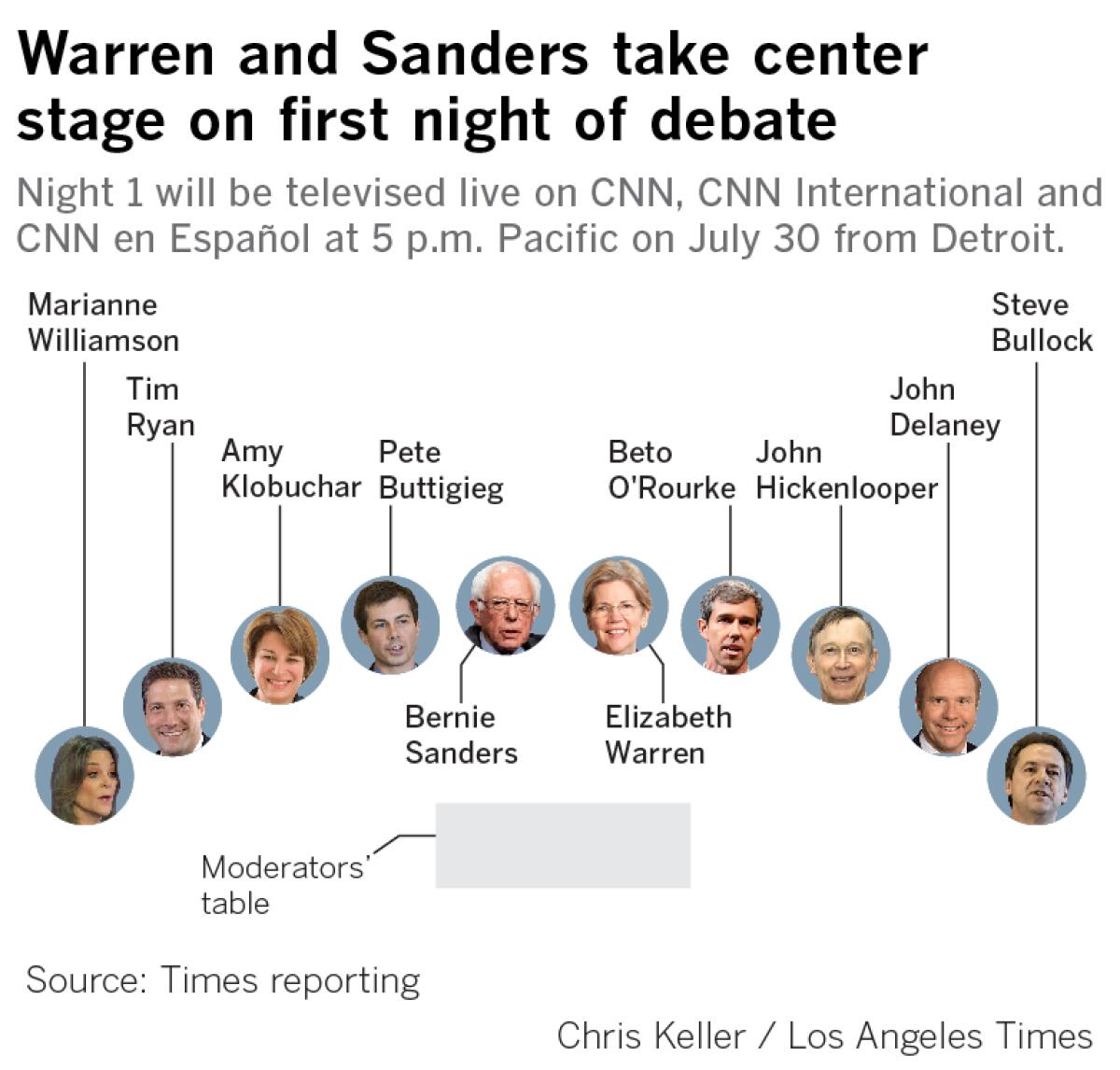
The first night will feature Sanders; Warren; South Bend, Ind., Mayor Pete Buttigieg; former Texas Rep. Beto O’Rourke; Minnesota Sen. Amy Klobuchar; spiritual advisor and author Marianne Williamson; former Maryland Rep. John Delaney; former Colorado Gov. John Hickenlooper; Ohio Rep. Tim Ryan; and Montana Gov. Steve Bullock (who will be the debate’s one new face after California Rep. Eric Swalwell dropped out).
Sanders and Warren — who are reportedly longtime friends — will finally square off head-to-head in a battle for each other’s supporters, as the two try to consolidate support from the progressive wing of the Democratic Party. The night will also feature the race’s oldest candidate, Sanders, next to its youngest, Buttigieg.
The second night will feature Biden; Harris; former HUD Secretary Julián Castro; businessman Andrew Yang; Sens. Michael Bennet of Colorado, Cory Booker of New Jersey and Kirsten Gillibrand of New York; Washington Gov. Jay Inslee; Hawaii Rep. Tulsi Gabbard; and New York Mayor Bill de Blasio.
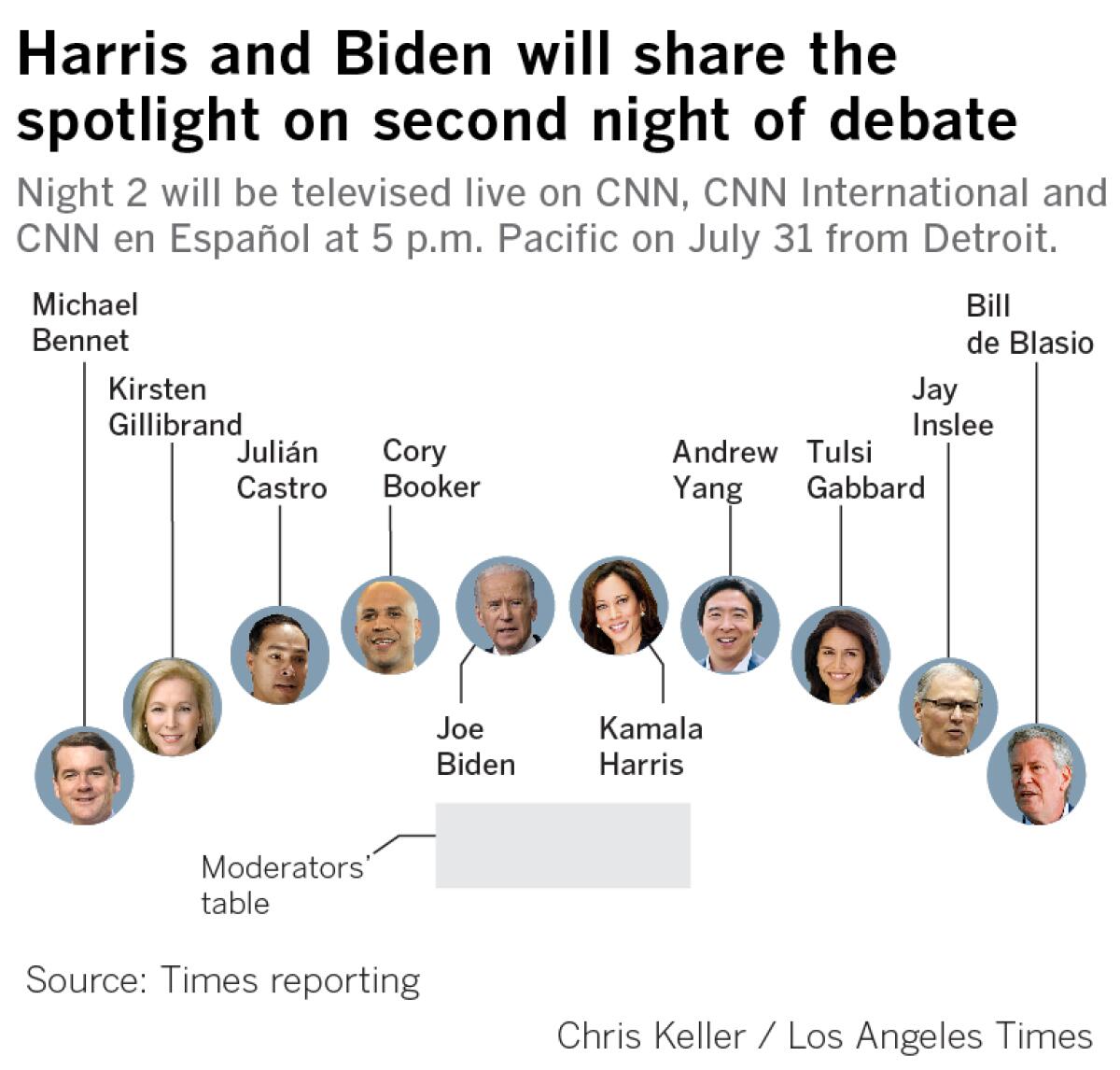
The second night could reprise the clash between Harris and Biden that happened during the first debate, in which Harris, who is black, attacked Biden for opposing some busing to end school segregation in the 1970s. Castro, who was thought to have one of the biggest breakout performances of the first debate, will have another chance to build on those gains, though this time he will not get to use fellow Texan O’Rourke — who will appear a night earlier — as his foil.
Billionaire activist Tom Steyer — the most recent candidate to enter the race — did not make the debate. Neither did Massachusetts Rep. Seth Moulton or former Alaska Sen. Mike Gravel, a leftist protest candidate whose teenager-run campaign crossed the 65,000-donor threshold to qualify but who failed to make a strong enough showing in the polls to get onstage.
More to Read
Get the L.A. Times Politics newsletter
Deeply reported insights into legislation, politics and policy from Sacramento, Washington and beyond. In your inbox three times per week.
You may occasionally receive promotional content from the Los Angeles Times.
